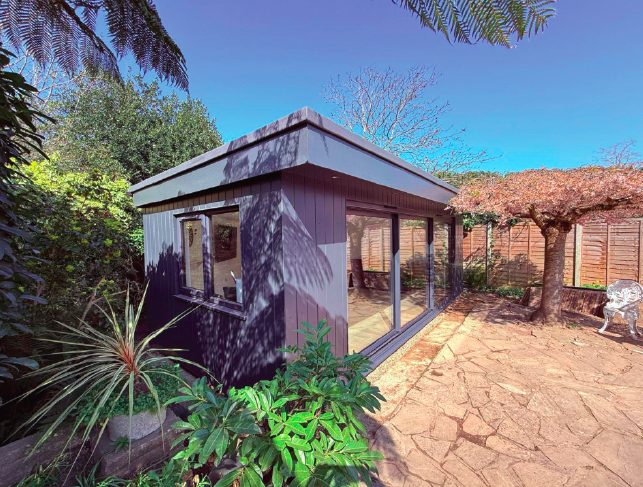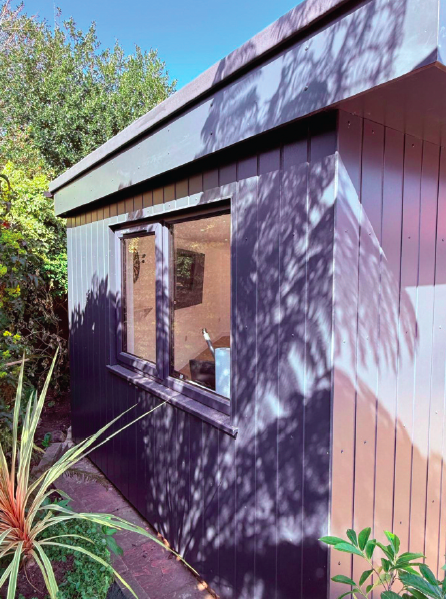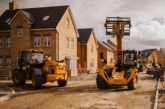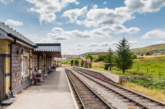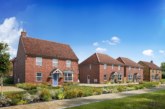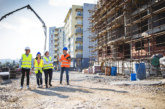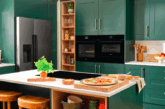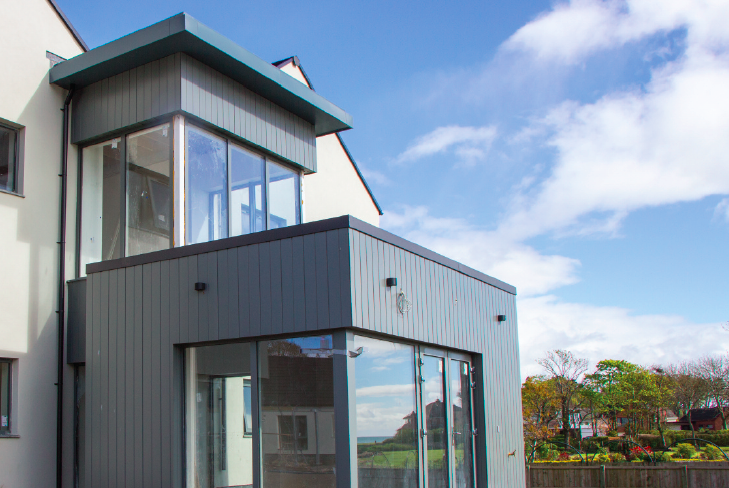
MEDITE SMARTPLY explores its Framing the Future survey and reframing timber in the age of carbonconscious design
Once chosen largely for appearance or basic protection, external cladding now plays a more critical role in how homes perform. From heat loss and maintenance to carbon impact and compliance, it’s fast becoming a key issue for specifiers.
Timber is quietly returning to that conversation. Once overlooked for exterior use due to concerns around durability and upkeep, recent advances in engineered timber have changed the game. Improved stability, weather resistance, and long-term performance are making timber not just viable again – but, in many cases, the smarter choice for houses, garden rooms, sheds, and leisure homes.
Part of that appeal lies in timber’s ability to offer a generally lower embodied carbon footprint than many cement-based or plastic-based alternatives. Responsibly sourced timber stores carbon during the tree’s growth, locking it into the product for the duration of its service life. When combined with processes that extend that service life and reduce the need for frequent replacement, as with MEDITE TRICOYA EXTREME (MTX), the overall environmental profile strengthens further. This balance of renewability, resource efficiency and long-term performance is helping engineered timber gain ground in projects where sustainability needs to be matched by durability and practicality.
These are meaningful differences – particularly for developers looking to improve ESG performance or stay ahead of future reporting requirements. MEDITE TRIMAX, a new cladding product made from acetylated MEDITE TRICOYA EXTREME (MTX), falls firmly into this lowcarbon category compared to materials such as PVC. Designed to combine the warmth of timber with the reliability of a manufactured board, it aims to deliver the kind of long-life performance and peace of mind that today’s housebuilders need.
MEDITE SMARTPLY’s recent Framing the Future survey, a nationwide study of timber frame manufacturers delivered alongside the Structural Timber Association, captured the key technical and regulatory pressures shaping specification decisions. Respondents identified a range of factors influencing how they approach the Future Homes Standard, from thermal performance and wall design to moisture control, airtightness and overheating – all of which underline the need for well-considered material choices in the building fabric.
With those factors in mind, specifiers are assessing cladding on dependable performance and upkeep rather than appearance alone. TRIMAX is designed to provide high durability, dimensional stability and low maintenance finishing in exposed conditions. While it is not a moisture management solution for the wider wall build-up, it offers a robust, long-life façade option that aligns with the practical priorities highlighted by the survey.
A recent UK homeowner survey found that durability and energy efficiency were the top two drivers behind cladding selection, while aesthetics – though still important – ranked lower. Professional priorities are following suit. A 2024 Builder Practices Survey found that developers are prioritising products that reduce site labour, enhance energy performance, and deliver long-term value without intensive maintenance cycles. Solutions like TRIMAX – which comes primed or fully finished, and in double shiplap or double tongue and V-groove profiles – fits comfortably into that brief.
Meanwhile, the legislative backdrop continues to tighten as the Future Homes Standard looms, with final regulations expected by the end of 2025. While embodied carbon is not yet formally regulated, the government has committed to consulting separately on that topic, setting a clear direction of travel for low-carbon materials and transparent lifecycle reporting.
Developers are now faced with a narrowing window to specify systems that can meet tomorrow’s standards in design, performance, durability, and assurance. That makes the case for engineered timber stronger than ever.
TRIMAX is part of that new standard. Being manufactured from MTX, it offers exceptional resistance to rot, fungal decay, and dimensional movement. It offers a long-life alternative to composite, cement, or plastic cladding without compromising on sustainability or aesthetic choice.
Timber is no longer the fragile façade material of the past. As pressure builds from climate policy, insurance scrutiny, and homeowner expectations, the industry is rediscovering what engineered wood panels can achieve. Products like TRIMAX prove that with the right engineering and the right backing, timber cladding can go beyond just meeting standards – it can help to shape it.
For more information go to www.rdr.link/dbf034

